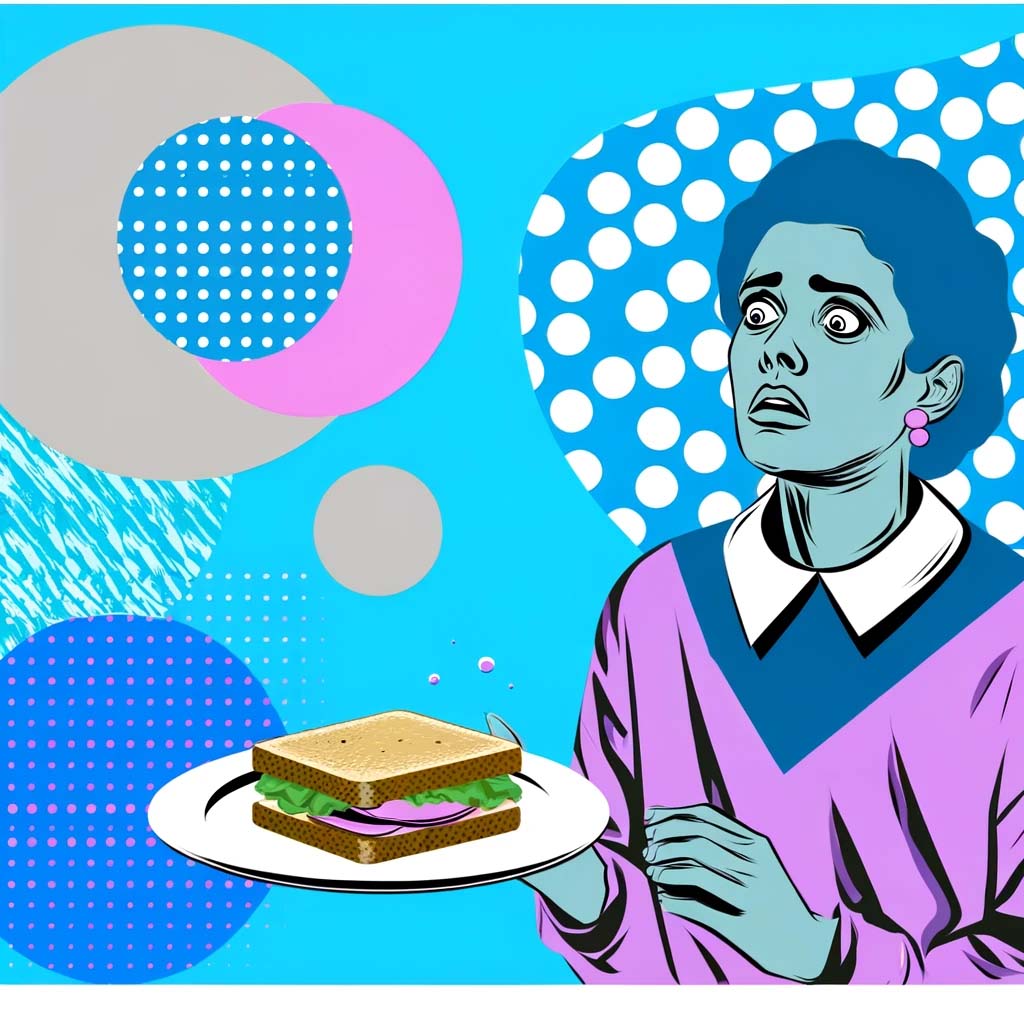Emetophobia, the fear of throwing up, isn’t just about the act itself. It’s a web of triggers – sights, smells, sensations, sounds, or even thoughts – that can send a person with this phobia spiraling into anxiety or panic. Understanding your unique triggers is the first step in managing this debilitating anxiety disorder and gradually reclaiming control of your life. So let’s learn how to identify and manage emetophobia triggers:
Types of Emetophobia Triggers
Triggers can be incredibly diverse, and what sets one person off may have no effect on another. However, they often fall into a few common categories:
Internal Sensations: For many, the biggest triggers are physical sensations like:
- Nausea: Even the slightest hint of an upset stomach can be terrifying.
- Dizziness or lightheadedness: This can be misinterpreted as a sign of impending illness
- Stomach pain or digestive changes: Normal bodily functions become a source of anxiety.
External Stimuli: These include the sights, sounds, and smells associated with vomiting:
- Seeing or hearing someone else be sick: This can be a powerful trigger, even on TV or in movies.
- Smells associated with vomit or illness: From strong cleaning products to specific foods that might remind you of a past negative experience.
- Hospitals or doctor’s offices: These locations may be associated with illness and medical procedures.
Food-Related Triggers: Eating itself is a significant source of anxiety for many:
- Fear of food poisoning or contamination: This is especially common with “risky” foods like meat or raw produce.
- Eating in public: The social anxiety of potentially being sick in front of others can be overwhelming.
- Specific textures or food types: They may have been involved in a past negative experience or be seen as “more likely” to cause nausea
Situational Triggers: Certain places or activities can induce anxiety:
- Travel and motion: Cars, planes, and any situation with the potential for motion sickness.
- Crowded spaces: Large crowds may stoke fears of catching a contagious illness.
- Pregnancy/Menstruation: Hormonal fluctuations can sometimes increase nausea sensitivity.
Cognitive Triggers: Sometimes it’s not just the external world, but your own thoughts:
- News stories about illness outbreaks: These can fuel anxieties about becoming sick.
- Intrusive thoughts about vomiting: These may pop up unbidden and lead to panic.
- Thinking of words like “vomit”: For some, even the word itself is deeply distressing.
Identifying Your Triggers: The Importance of Self-Awareness
Noticing what sets you off is the key to effective management. Here’s how to get started:
Keep a Trigger Journal: Carry a small notebook or use a notes app on your phone. When you feel anxiety rising, jot down:
- What was happening right before? (Situations, places, activities)
- Physical sensations you were experiencing: (Nausea, dizziness, etc.)
- Thoughts that were going through your head
Look for Patterns: Over time, you’ll start to see which triggers consistently appear. This awareness is power!
Challenge Your Thoughts: As you analyze your journal, ask yourself:
- Is this fear realistic? (What are the actual odds of the feared outcome?)
- Are there other possible explanations for these sensations? (Anxiety itself can induce nausea-like symptoms)
Managing Triggers
Once you know your triggers, you have options. Remember, the goal isn’t to avoid everything all the time – that’s unsustainable. Instead, focus on:
Gradual Exposure: With the guidance of a therapist, exposure therapy, where you face your triggers in a safe, controlled way, can desensitize you over time.
Trigger Management Strategies:
- Carry an “anxiety kit”: Include items that help during a panic attack: mints, essential oils, water bottle, etc.
- Practice relaxation techniques: Deep breathing, mindfulness.
- Have an “exit plan”: In anxiety-producing situations, know how you can excuse yourself if needed. This sense of control can be calming in itself.
Important Notes:
- Everyone is Different: Your triggers are uniquely yours. Don’t get discouraged by comparing your experiences to others.
- This Takes Practice: Identifying and managing triggers is a skill that develops. Be patient with yourself.
- Therapy is Key: Working with a mental health professional specializing in phobias provides the best foundation.
By understanding your triggers, you take away some of the fear’s power. The unknown is always the most terrifying. This knowledge allows you to make informed choices, equip yourself with coping mechanisms, and gradually lessen emetophobia’s grip on your life.
Disclaimer: This article is for informational purposes and should not replace professional guidance.





0 Comments